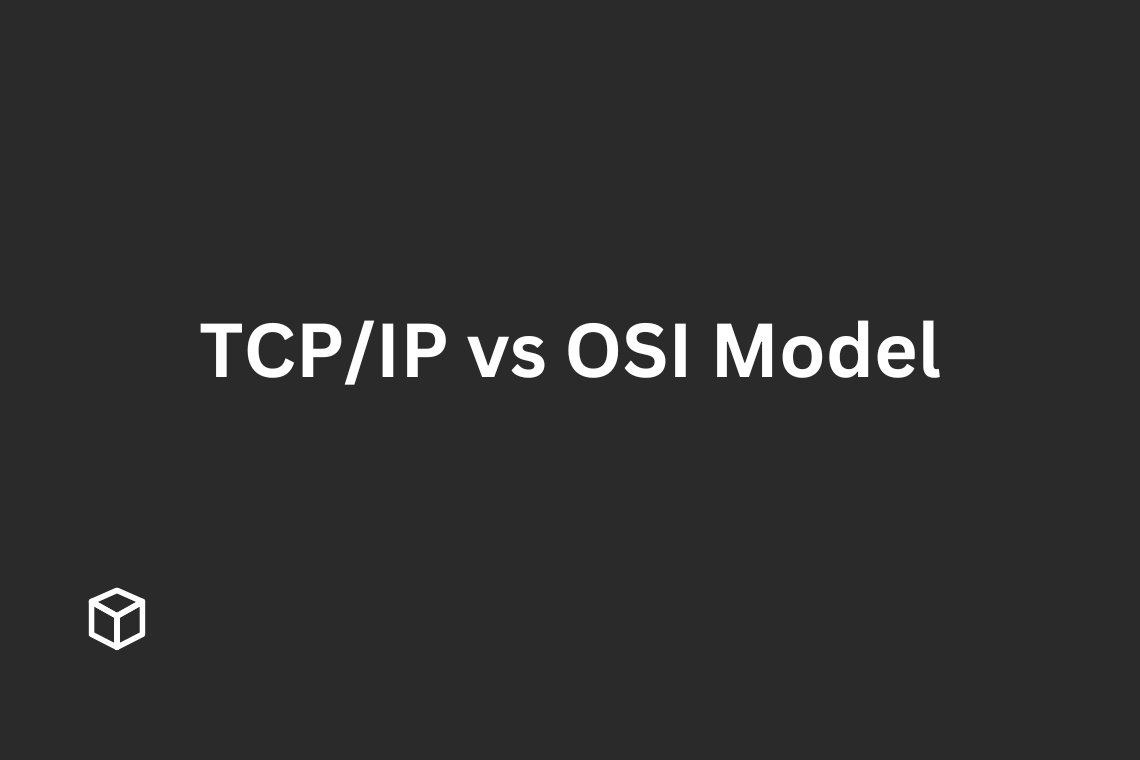In the world of computer networking, communication protocols play a vital role in connecting different devices and networks.
Among the various communication protocols, the TCP/IP and OSI models are the most commonly used.
In this article, we will be discussing the differences between these two models and their significance in computer networking.
The TCP/IP Model
The Transmission Control Protocol/Internet Protocol (TCP/IP) model is a four-layer model that is used to transmit data over a network.
The four layers of the TCP/IP model are:
- Link Layer: The link layer is responsible for creating a reliable link between devices on a network. It is also responsible for the physical transmission of data over the network.
- Internet Layer: The internet layer is responsible for routing data packets between different networks. It works by using the IP address to identify the source and destination of a packet.
- Transport Layer: The transport layer is responsible for ensuring that data is reliably transmitted from one device to another. It does this by breaking down large data packets into smaller ones and then reassembling them on the destination device.
- Application Layer: The application layer is responsible for providing a user interface for the end-user. It also enables different applications to communicate with each other over the network.
In practice, the TCP/IP model is used extensively on the Internet.
It provides the foundation for the Internet’s operation, allowing different devices and networks to communicate with each other.
The OSI Model
The Open Systems Interconnection (OSI) model is a seven-layer model that is used to transmit data over a network.
The seven layers of the OSI model are:
- Physical Layer: The physical layer is responsible for the physical transmission of data over the network. It defines the electrical, mechanical, and functional specifications of the communication interface.
- Data Link Layer: The data link layer is responsible for creating a reliable link between devices on a network. It is also responsible for error detection and correction.
- Network Layer: The network layer is responsible for routing data packets between different networks. It works by using the IP address to identify the source and destination of a packet.
- Transport Layer: The transport layer is responsible for ensuring that data is reliably transmitted from one device to another. It does this by breaking down large data packets into smaller ones and then reassembling them on the destination device.
- Session Layer: The session layer is responsible for establishing, maintaining, and terminating sessions between applications. It also manages the flow of data between applications.
- Presentation Layer: The presentation layer is responsible for converting data into a format that can be understood by the application layer. It also provides data compression and encryption.
- Application Layer: The application layer is responsible for providing a user interface for the end-user. It also enables different applications to communicate with each other over the network.
In practice, the OSI model is used as a reference model for networking standards.
It provides a framework for understanding the different layers of network communication and how they interact with each other.
Comparing and Contrasting the TCP/IP and OSI Models:
Both the TCP/IP and OSI models are used for network communication, but there are some key differences between the two.
The TCP/IP model is a four-layer model that is used primarily in practice, while the OSI model is a seven-layer model that is used as a reference model for networking standards.
Another key difference between the two models is the way they are structured. The TCP/IP model combines the network and transport layers into one, while the OSI model separates them into two distinct layers.
Further, the OSI model includes additional layers such as the session, presentation and application layers, which the TCP/IP model does not have.
Despite the differences, both models are used together in practice.
The TCP/IP model is used for the actual transmission of data over the network, while the OSI model is used as a reference for networking standards.
This means that when a device sends data over the network, it follows the steps defined in the TCP/IP model, but when networking professionals are designing and troubleshooting networks, they can refer to the OSI model to understand the different layers of communication.
Conclusion
In conclusion, the TCP/IP and OSI models are two of the most commonly used models for network communication.
They both play a vital role in connecting different devices and networks. Understanding the differences between the two models and their significance in computer networking is important for anyone working in the field of computer networking.
We hope that this post has provided a good understanding of the differences between the TCP/IP and OSI models and their significance in computer networking.
We encourage you to learn more about network communication protocols and their applications.




